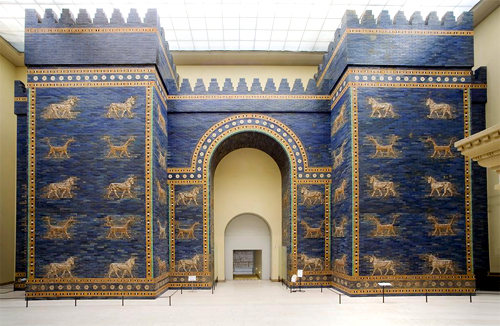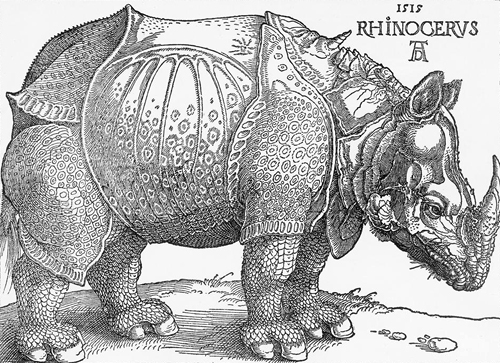“It’s in the reach of my arms, / The span of my hips, / The stride of my step, / The curl of my lips. / I’m a woman/ Phenomenally. / Phenomenal woman, / That’s me.”
– Maya Angelou

Mickalene Thomas, Don’t Forget About Me (Keri), 2009, exhibited at Lehmann Maupin, Spring 2009. Image and original data provided by Larry Qualls, © 2012 Artists Rights Society (ARS), New York / BILDKUNST, Bonn
Women have long been used as inspiration for art. They have served as muses to both eastern and western culture, and our bodies have been used to represent the power and beauty of nature.
Yet the images of the female body that we see on a daily basis are often passive and hyper-sexualized. Women’s bodies are the go-to sales tactic in popular media and advertising. Yes, you might say, sex sells, but nothings sells as much as our sex sells. Women’s bodies sell beer, cars, perfume, burgers, chewing gum, and even animals rights (yes, you read that correctly – look up PETA’s campaigns) — and of course, the object that all of the women in these advertisements are ultimately selling is themselves.










